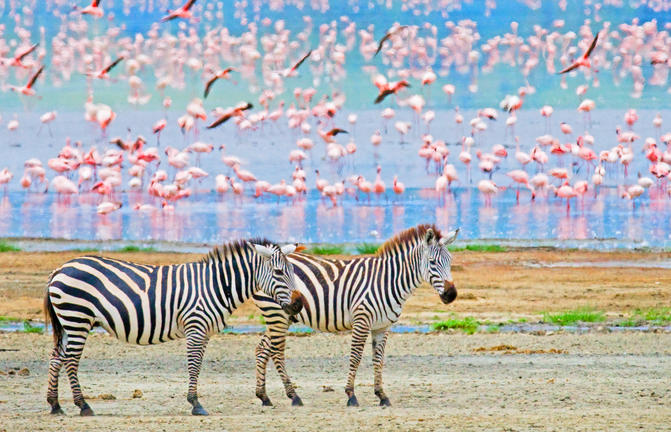
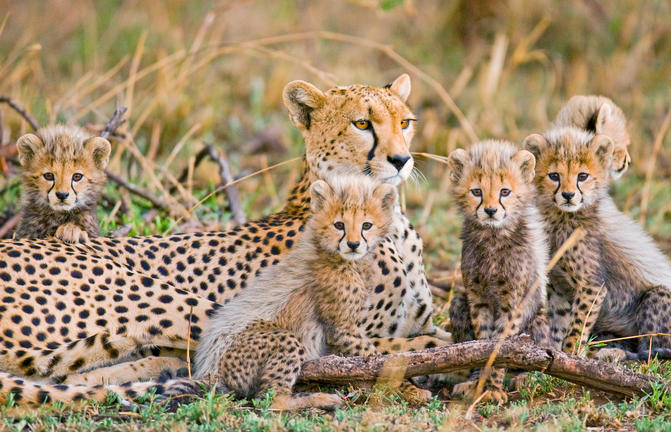


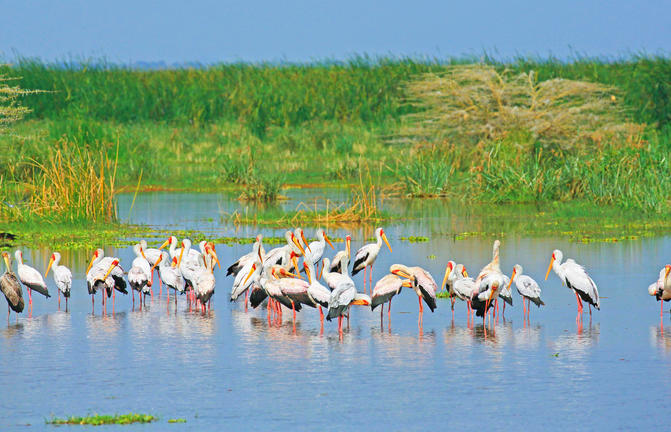
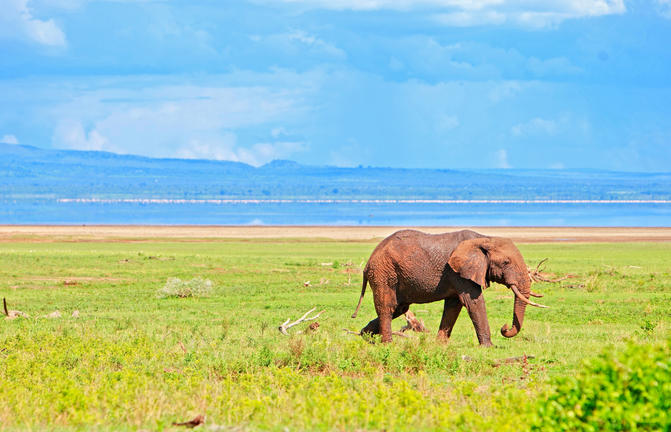
Bordering the Lake Manyara National Park in the Arusha Region of Tanzania, the village of Mto wa Mbu lies the East African Rift Valley. It serves as a convenient stopover for tourists visiting the Serengeti National Park, Ngorongoro Crater, and Tarangire National Park. Visitors can look forward to an authentic cultural experience which could include visiting a traditional home, sampling banana beer, enjoying a delicious Tanzanian meal, and browsing the weekly Maasai Market. The village is set within two wildlife corridors and a variety of animals can be spotted in the area. Look out for giraffe, elephant, hippo, wildebeest, baboon, zebra, and monkey. Other popular activities include walking, hiking, and biking tours.
Central Serengeti is an area of very gently undulating river valleys surrounded to the north and east by granite hills and to the south and east by open plains.
The presence of permanent water in the area ensures that there is good resident game here year round. The main migration tends to come through northwards in May/Jun and southwards in Nov/Dec, often hanging around longer if there is no rain on the plains. July to October lion and cheetah are forced to migrate in off the plains and congregate in extremely high numbers.
This time of year is sometimes known as the short dry season, lying as it does between the short rains in Nov/Dec and the long rains in Mar/Apr/May. However it would perhaps be more appropriate to think of it as a lull in the weather rather than any kind of full blown dry season.
The charts show that rain typically falls on 5 or 6 days per month. But temperatures remain pleasant and sunshine holds up at around 7 or 8 hours per day.
The general weather outlook is therefore good, but with a chance of showers, an outside chance of prolonged periods of adverse conditions.
At this time of year the wildebeest migration should be generally centred on the plains in southern parts of the Serengeti, roughly one to two hours drive south of the core Seronera area but potentially more accessible from the camps in the southern parts of this area.
The gazelle migration should also be away from these central areas and also largely spread out on the plain to the south. A good deal of this game should remain on the long grass plains of this area, making a trip out to the remote Gol Kopjes a potentially rewarding diversion.
The resident game at this time is about as thin as it gets in central areas year round, although that only reduces it to levels which other parks would aspire to in their peak seasons. Many safaris include nights here in order to access species which are not generally seen in large numbers further south in the park, notably elephant, hippo and buffalo.
Serengeti Central is by far the most busy part of the park. The Seronera Valley contains three very large and commercial lodges, a handful of smaller permanent facilities and extensive public campsites. In addition there is the visitor centre, park headquarters and various research facilities. Various mobile camps in locations around the periphery and lodges outside the northern boundary of the park all serve to deliver more vehicle traffic into central areas.
Around the main lodges and public campsites it is not unusual to experience major congestion on sightings with upwards of twenty vehicles converging on a single leopard for example.

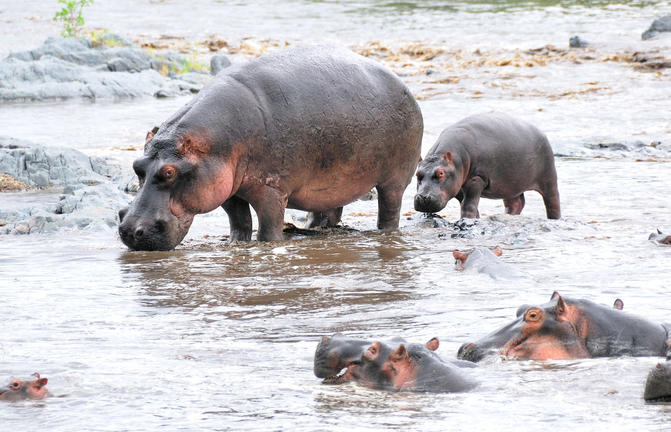
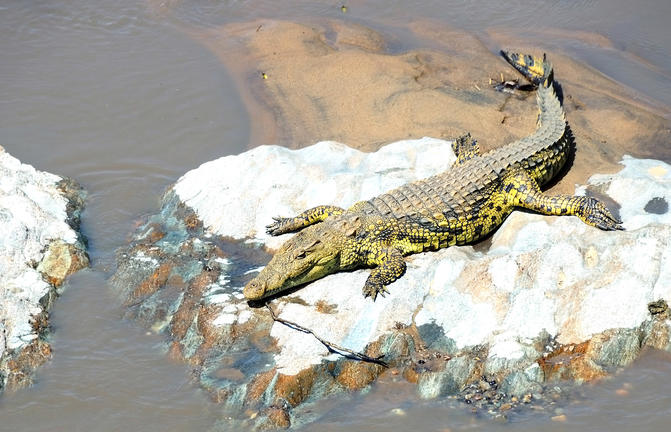

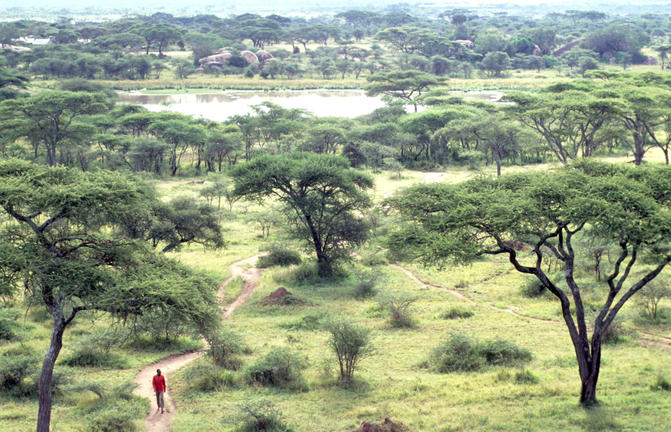
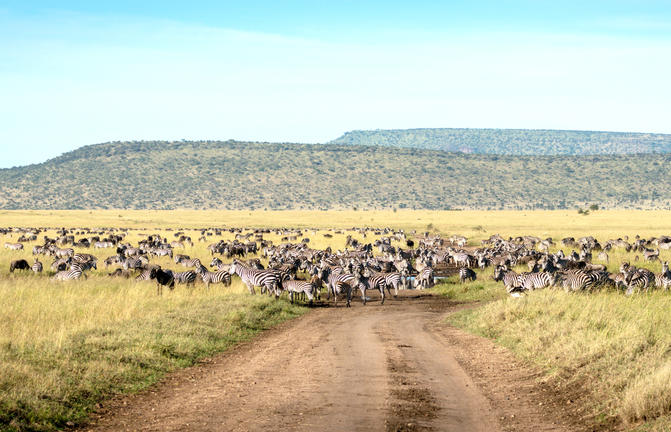
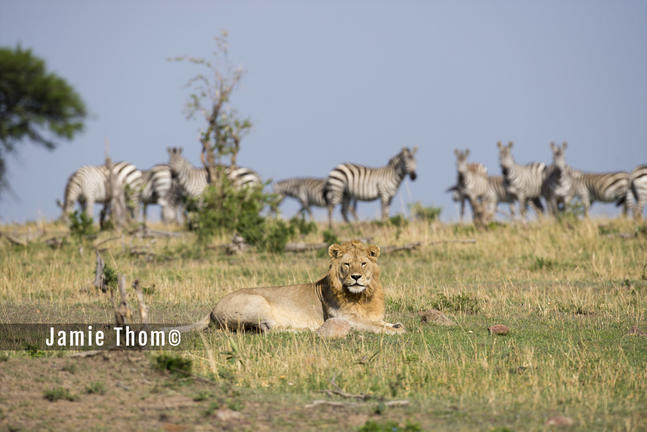
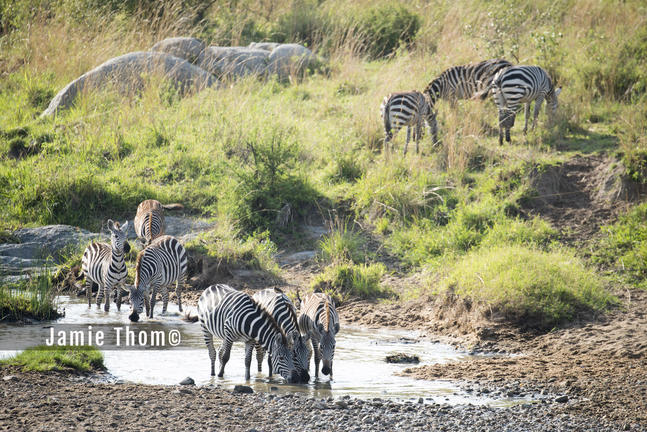
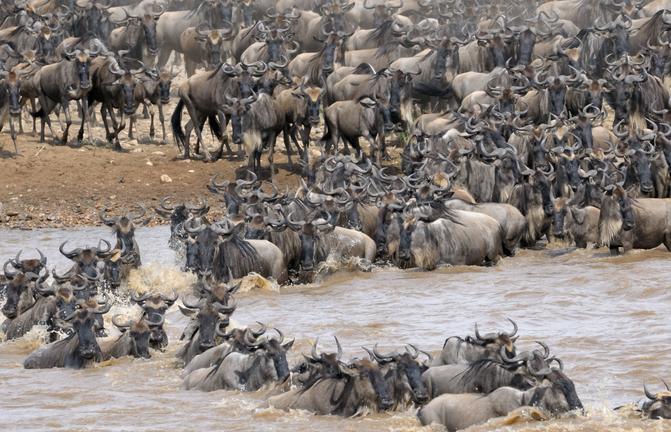
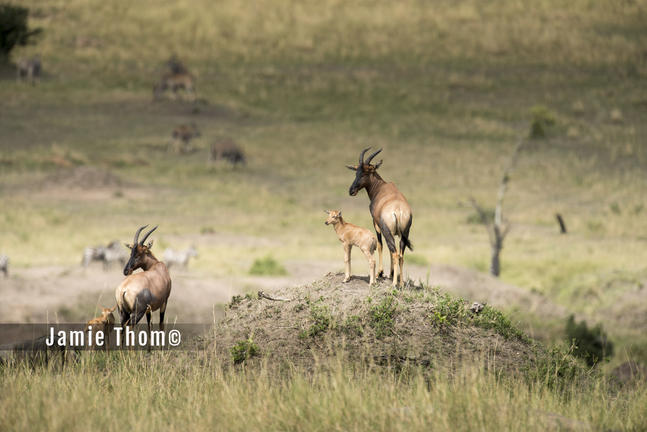


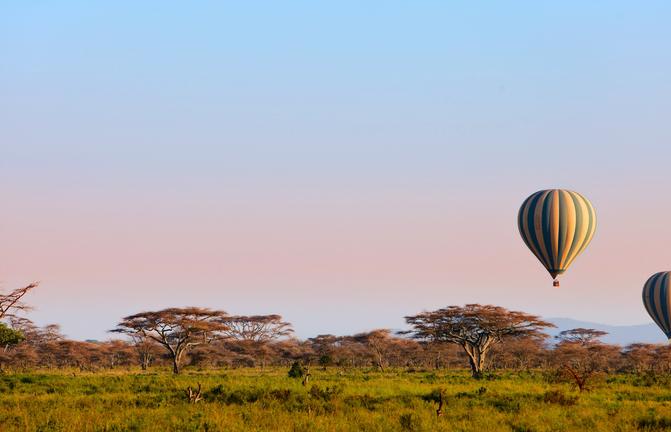
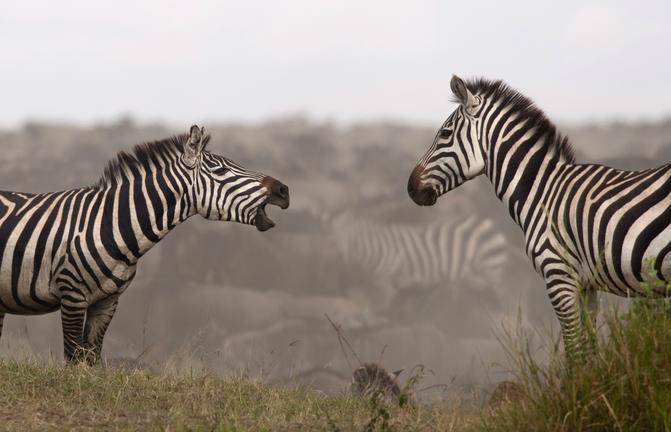
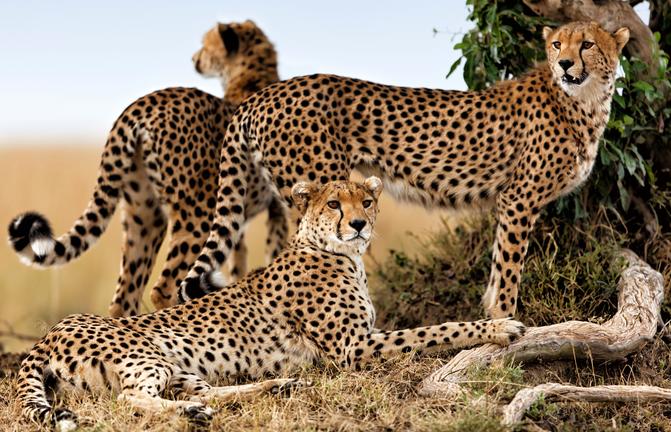
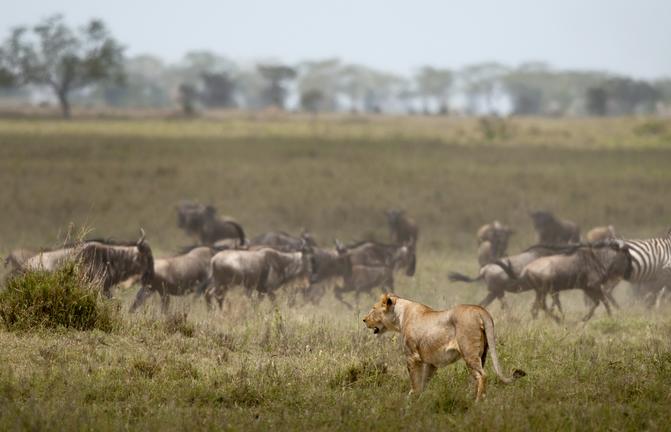

The Serengeti together with Kenya’s Masai Mara Game Park form Africa’s most famous wildlife park. The image of acacia trees on an endless grass plain epitomises Africa for many, and then add a Masai warrior and some cattle to the picture and the conversation need go no further. Unlike the southern plains of the Serengeti that dry out, forcing all but the hardiest of species to leave, the Northern Serengeti has water throughout the year and this is what attracts the migratory herds north. The wildebeest migration is the largest mass movement of land mammals on the planet – with more than a million animals following the rains. From July through to October the Migration is in the Northern Serengeti and this is where many of the most famous scenes of the Migration occur with almost daily crossings of the Mara River. But that is not where the game viewing ends; large prides of lions, elephants and giraffes in grasslands, gazelles and eland to mention but a few.
Please see our destination videos -
Travellers heading for the Serengeti and Ngorongoro Crater will pass through the town of Karatu in the green hills of Tanzania’s northern highlands. Presided over by the towering Ol Deani Volcano, this small, colourful town serves as a popular overnight stop for visitors exploring the area’s many game parks. The town offers a variety of activities including browsing the bustling marketplace, sampling beer at a local brewery, visiting a traditional homestead, or taking a guided walk through the Ngorongoro Forest in search of waterfalls and caves. Whether you are looking for cultural tours, hiking and biking opportunities, a chance to enjoy an authentic rural Tanzania experience, or simply a break between safari game drives, this underrated town has plenty to offer.
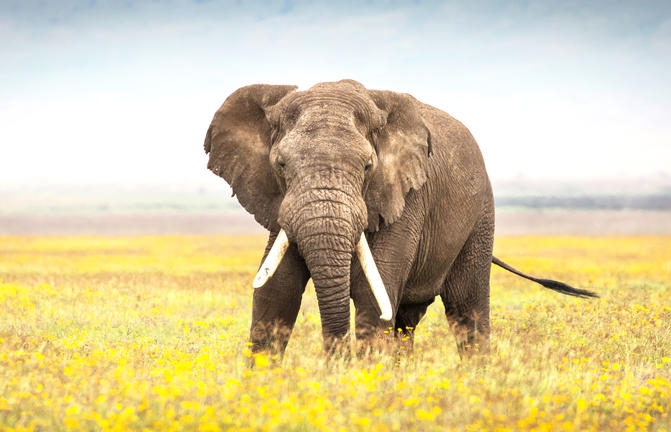
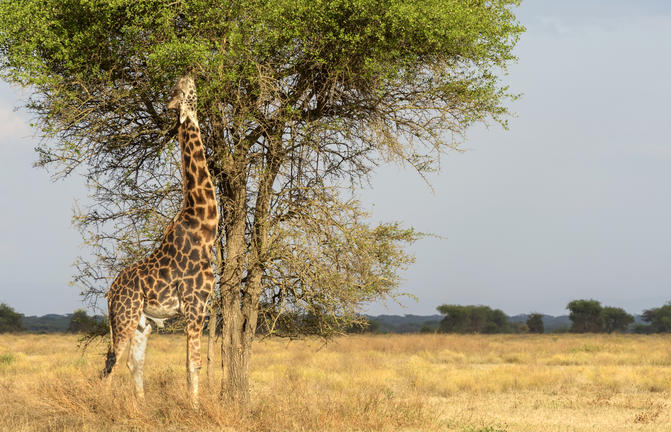
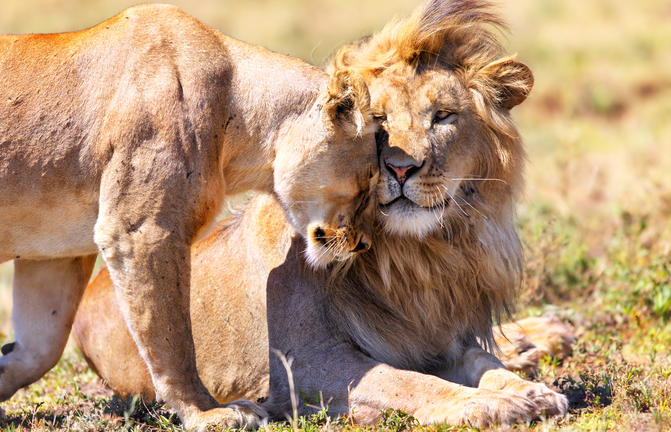
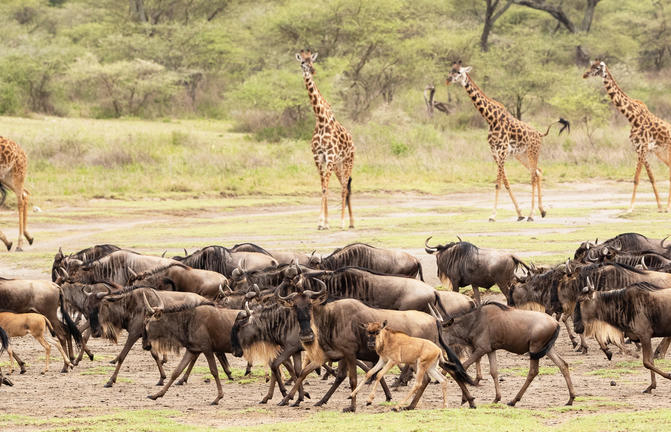
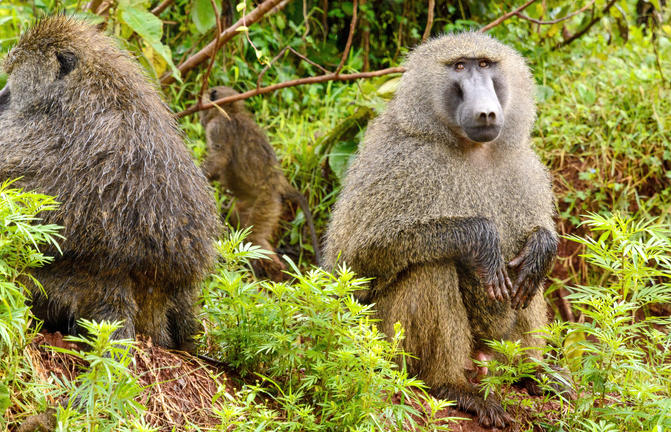
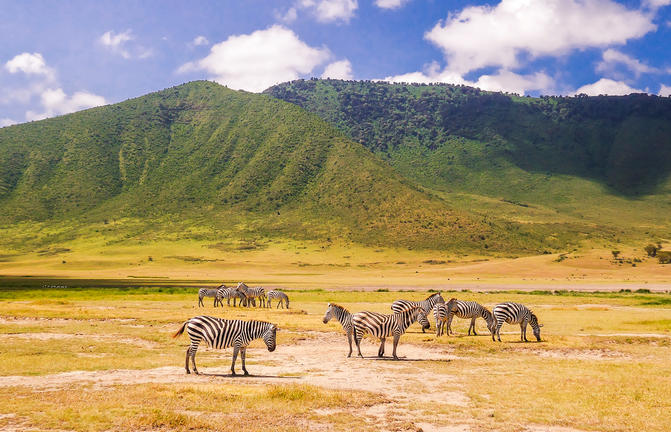

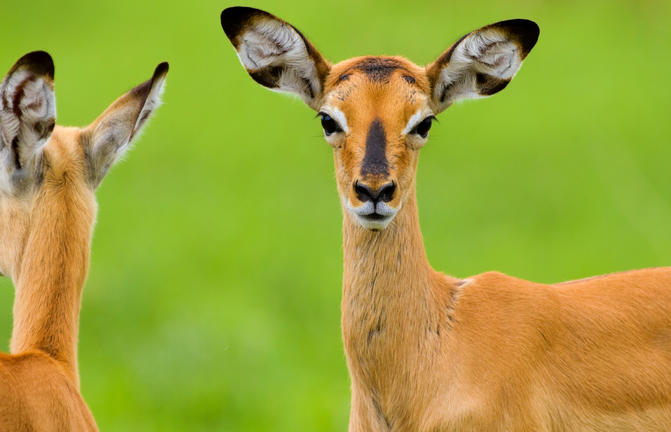
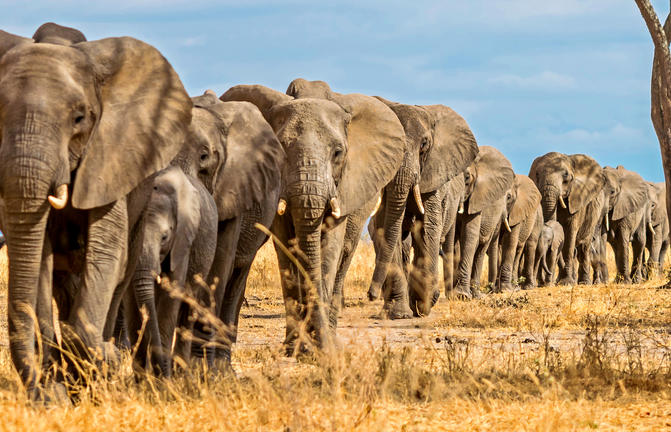
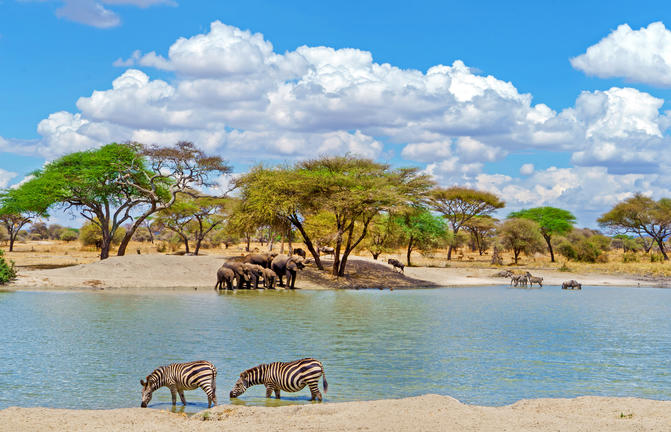
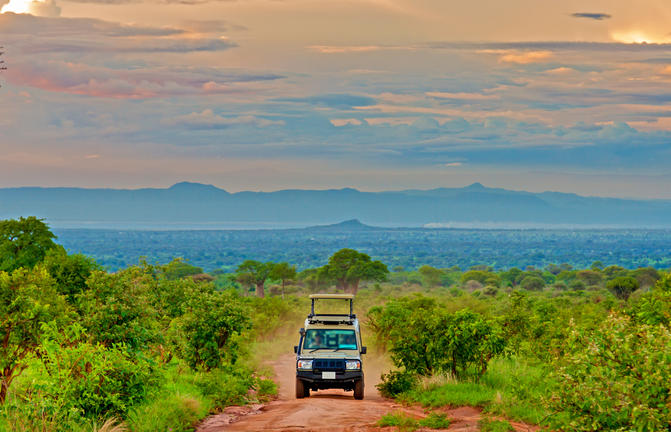
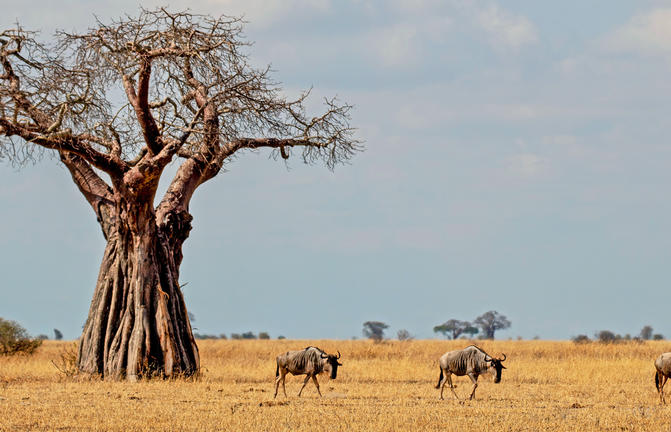
After the Serengeti, Tarangire has the greatest concentration of wildlife in Tanzania and in the dry season the Tarangire River is a magnet for thirsty wildlife. Large herds of elephants and migratory wildebeest, zebra, buffalo, impala, gazelle, hartebeest and eland gather and not surprisingly the predators follow. This is also the one place in Tanzania where dry-country antelope such as oryx and gerenuk are regularly spotted. Tarangire is also known for its spectacular baobab trees, and its breathtaking views of the Masaai Steppe and the mountains to the south.
As the main road heads west out of the town of Arusha, across the largely arid Maasai steppe, the landscape becomes increasingly rural, with tin towns giving way to thatched settlements and domestic herds being increasingly interspersed with zebra and wildebeest. After around 60km the right turning to Manyara, Ngorongoro and Serengeti is reached. Ignoring this turn, the road continues another 20km to a dirt track turning on the left, leading 5km to the main gate of Tarangire National Park.
The park covers an impressive 2600 square kilometres and measures roughly 100km north to south by 25km east to west. The landscape is largely made up of gently undulating wooded hills, interspersed by the occasional hill or kopje.
The northern sector of the park is flatter than the heart of the park and contains only seasonal water holes, but it does contain some of the most impressive baobab trees.
The heart of the park is the Tarangire river valley. This river rises at the foot of the rift valley escarpment to the west and arcs around through the reserve before evaporating from its terminus at Lake Burungi. This is the only reliable year round source of water for game not only within the park, but over a huge area of around 20,000 square kilometres. This game therefore migrates into the park during the dry season July to October and gathers here in very high densities, largely centred on this river valley.
Further south in the park lie the Silale Swamps, large open wetland areas which sustain good levels of game, especially elephant, for a good period of the year, but which may not last right through the dry season.
There are further substantial waterholes in the remote southern end of the park, but these are very rarely visited.
The weather at this time is generally bright, sunny and warm, but with one in three days experiencing showers.
It should also be noted that this period between the short and long rains can also experience severe downpours and prolonged periods of adverse weather, although this is considerably less likely here than in Manyara and Ngorongoro.
Tarangire gameviewing
By this period the short rains, which should have started early November but which are often unpredictable, will almost certainly have been experienced in some shape or form. Most likely there will have been light showers and the odd downpour on and off both preceding and throughout this period.
As this rain slowly starts to replenish the groundwater in the seasonal waterhole areas, the game will move out from Tarangire. By mid January this effect is usually be quite pronounced. Additionally the grass should be starting to recover, providing better cover for the animals that do remain. All of which means that although the park can be looking absolutely beautiful, it can seem relatively thin on game.
Tsetse fly can also be on the increase in some areas.
This is low season for Tarangire and most safaris will be bypassing the park completely. Traffic avoidance should therefore not be an issue, although it is still a good idea to stay within the reserve itself in order to gain access to the more remote southern areas, which you should have to yourself at this time.



